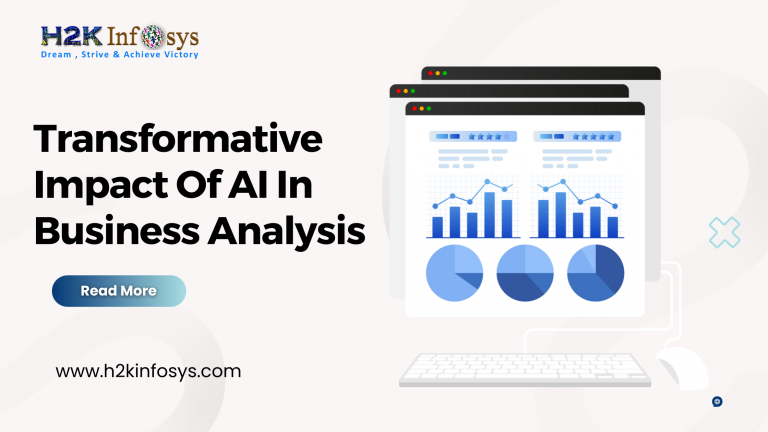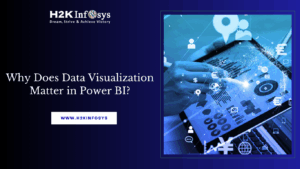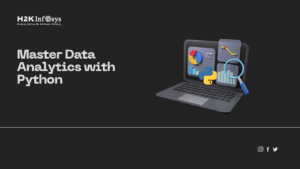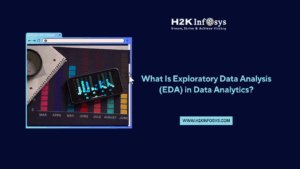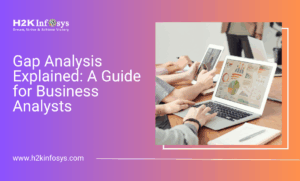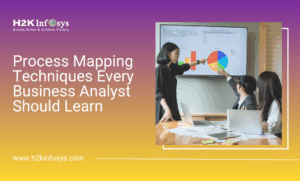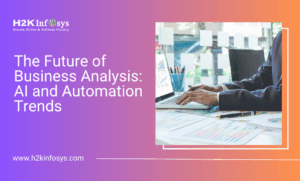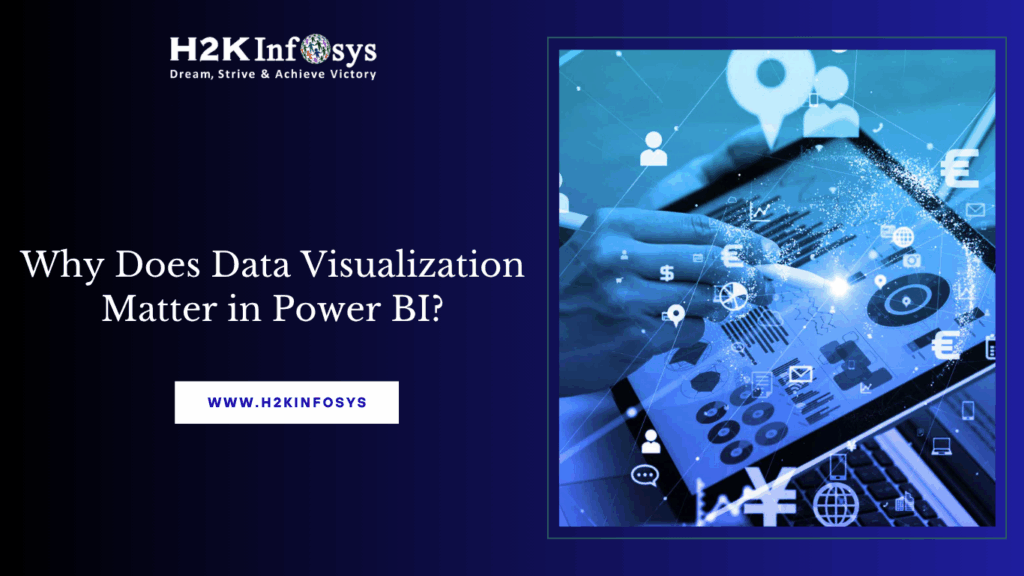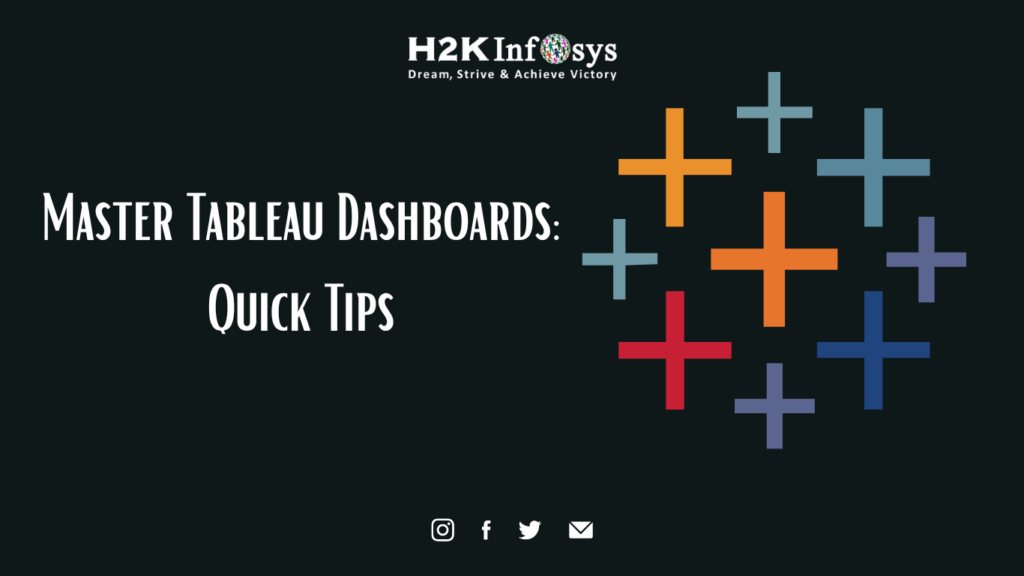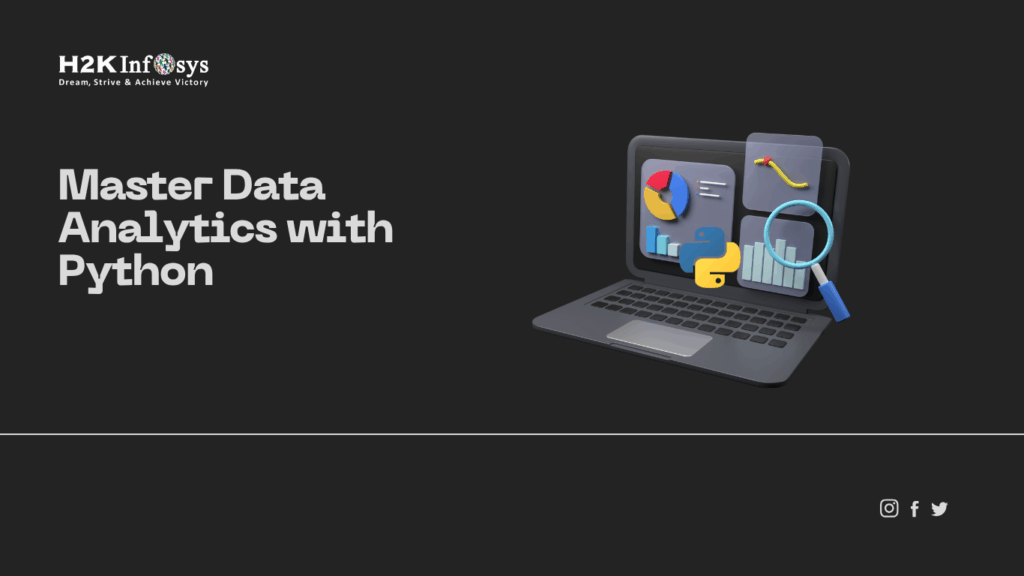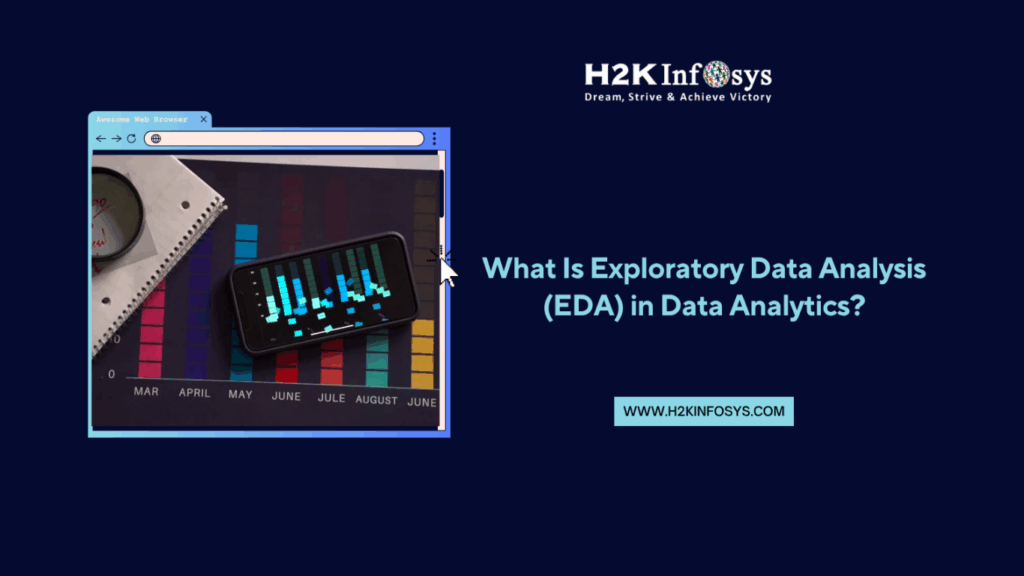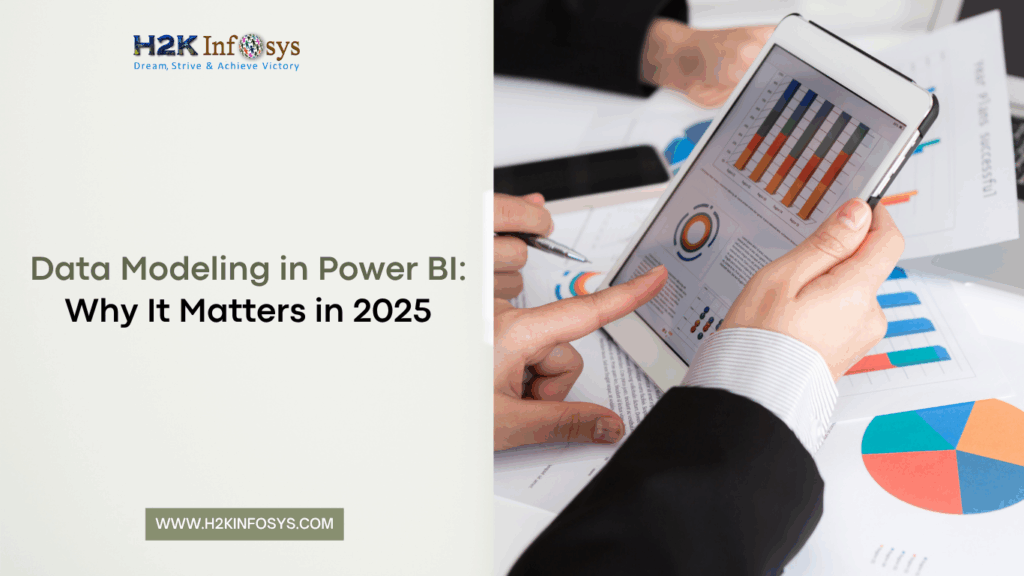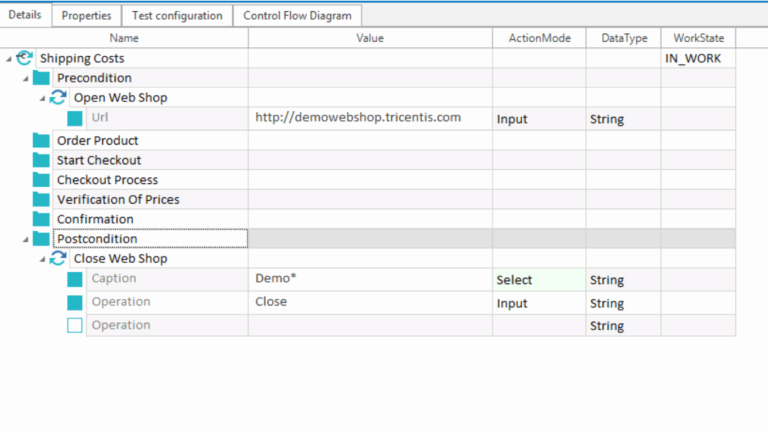A new era of technological innovation has been brought about by the Fourth Industrial Revolution, with artificial intelligence (AI) at its vanguard. AI is no longer just a catchphrase in the field of business analysis; instead, it is revolutionising the way businesses grow and operate. AI has become a potent ally, enabling businesses to use data-driven insights, optimise processes, and arrive at better decisions.
Using AI in business analysis is now a strategic requirement for organizations hoping to acquire a competitive edge and prosper in the fast-paced commercial world of today. Let’s explore how artificial intelligence (AI) is transforming business analysis and how businesses may use this cutting-edge technology to reach new heights of success. Check out the business analysis course to learn more.
The Power Of Data-Driven Insights
Data is the foundation of business analysis, and an organisation’s success can be determined by its capacity to glean valuable insights from huge databases. This procedure has been completely transformed by AI-driven analytics solutions, which process massive amounts of data at previously unheard-of speeds and use cutting-edge algorithms to deliver data-driven insights in real-time. Artificial Intelligence (AI) may detect patterns, trends, and correlations that can be obscured by conventional analysis techniques by utilising machine learning algorithms.
Businesses may better understand their consumers, markets, and industry dynamics with AI-powered data analysis. Decision-makers may quickly and intelligently make decisions by using this data-driven strategy, which minimises risks and maximise opportunities. By utilising a more thorough grasp of their markets, clients, and rivals, businesses may improve their marketing tactics, hone in on new market trends, and spur innovation, expansion, profitability, and competitiveness.
Automation: Unleashing Human Potential Business Analysis
Business analysts frequently have little time for strategic thought due to the time-consuming and repetitive nature of their work. This load can be lessened by AI automation, freeing analysts from repetitive tasks and enabling them to concentrate on higher-value projects that call for ingenuity, critical analysis, and strategic planning.
Automation driven by AI is capable of handling report creation, data cleaning, data collection, and even predictive modelling. Consequently, this frees up more time for business analysts to work on cross-functional collaboration, strategic planning, and result interpretation. This not only increases output but also encourages an innovative culture within the company.
Personalising Customer Experiences
In a time when the customer experience is everything, businesses can now stand out from the competition by offering personalization. Because AI makes it possible for companies to personalise their interactions with clients, it is essential in this field. Organisations can segment their client base by using AI-driven data to comprehend the unique demands, preferences, and engagement habits of each consumer. This makes it possible for companies to create highly customised product suggestions and marketing campaigns for specific clients.
Businesses may boost consumer happiness and loyalty through individualised experiences, which will eventually enhance sales and brand advocacy.
Predictive Analytics: Anticipating The Future
Traditional business analysis frequently looks backwards at performance through historical data. But in the fast-paced corporate world of today, organisations need to think forward and prepare for new problems and trends. Predictive analytics powered by AI makes that possible. AI can foresee future trends, and demand patterns, detect potential hazards, and anticipate changing customer preferences by analysing historical data, market trends, and external factors through advanced predictive models. This allows enterprises to take proactive measures in decision-making.
With this information at hand, companies can remain ahead of the curve and acquire a competitive edge by proactively adjusting their strategy, anticipating problems and addressing them before they become bigger ones.
Improving Fraud Detection And Risk Management
Organisations are becoming increasingly concerned about cybersecurity threats and fraudulent activities due to the growing interconnectedness of the world and the digitization of business processes. Artificial Intelligence is particularly good at spotting trends and abnormalities that point to fraud. Through the use of previous data, AI-driven fraud detection programs are able to recognize suspicious patterns and quickly flag any fraudulent transactions.
AI-powered risk management solutions may also evaluate and reduce risks, assisting companies in protecting their assets and upholding stakeholder and customer trust.
Conclusion
One proven approach to open up new possibilities for success in business analysis is to use artificial intelligence. AI adoption in business analysis is now required for companies looking to prosper in the fast-paced industry of today. AI has a clear impact on business analysis, from process automation and data-driven decision-making to personalised consumer experiences and predictive analytics.
Adopting AI as a business analyst or leader opens up new avenues for success and promotes efficiency, growth, and innovation. It’s time to embrace AI’s disruptive potential and confidently and enthusiastically determine our companies’ futures. Thus, let’s get off on this fascinating adventure of AI-driven business research and achieve unparalleled achievement. Check out the business analysis training to learn more.
